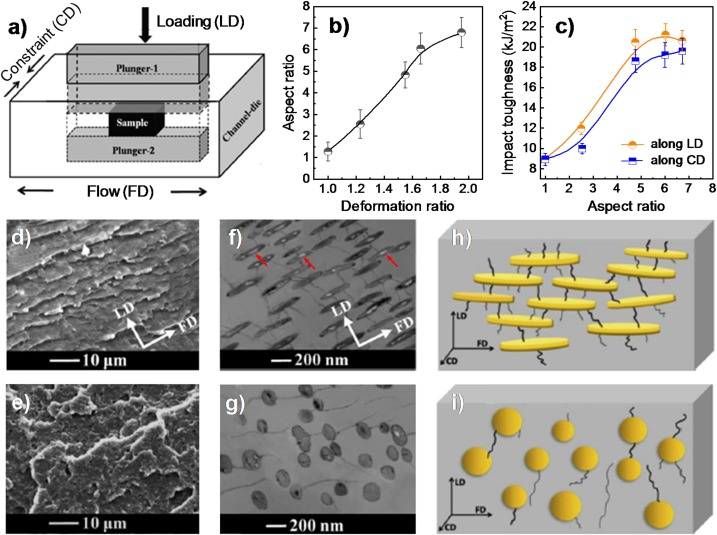Toughener is an additive used to make polymers more durable and to increase their impact resistance. The most efficient form of toughening is blending elastomer toughening, which is also known as adding stiff particle toughening, shape control toughening, crosslinking toughening, and minimal foaming toughening.
1.Toughened elastomer material
For brittle materials, nearly all flexible materials can be utilized as toughening agents. The interoperability of multiphase components is crucial. Only a toughening system that works well together may accomplish the desired toughening goal; otherwise, it will be ineffective.
Glass transition temperature is used to classify commonly used elastomer tougheners:
(1) Resin with high impact resistance. Like chlorinated polyethylene (CPE), methacrylate copolymer (ACR), styrene-butadiene block copolymer (SBS), hydrogenated SBS (SEBS), POE, and EVA, among others.
high impact rubber, second. such as EPDM, NBR, NR, SBR, BR, CR, and ethylene-propylene rubber (EPR).
Considering the internal makeup of elastomers:
(1) Elastomers are scheduled. It is a polymer with a core and shell that has a high glass transition temperature for the shell and a soft elastomer for the core. Such as non-scheduled elastomers (2) as MBS, ACS, MABS, etc. It is a network polymer, and solvation mechanisms like CPE, EVA, etc. change the influence on which it has.
Transitional elastomers, number 3. Preformed and non-preformed elastomers, including ABS and others, make up the structure.
2. Tough and rigid materials
(1) Ultrafine inorganic fillers and specialty fillers are the major components of inorganic rigid and toughened materials (RIF).
Particle sizes between 0.1 and 5um are referred to as ultrafine inorganic fillers. The tensile strength and impact strength of the blend system gradually decline, remain unchanged, or slightly rise while other Performance keeps getting better. The modification effect of such fillers grows with the increase of filler addition.
Super fiber (CF), acicular/spherical fillers, alkaline earth metal salts, rare earth minerals, etc. are examples of special fillers.Super fibers like carbon, boron, quartz, organic, and carbon nanotube fibers, as well as different whiskers, etc. Superfiber dispersion in polymers requires the use of rather specialized and focused techniques.

A particular toughening effect is produced by acicular fillers like acicular wollastonite. Typically, silane coupling agents or complex coupling agents should be applied for 10-15 minutes at temperatures between 50 and 80 degrees Celsius, with an extra quantity of 10–15% being suggested. Wollastonite left untreated has no toughening properties.
Glass microspheres, glass hollow microspheres, wollastonite beads, plastic beads, ceramic beads, etc. are examples of spherical fillers.
Barium sulfate is the primary component of alkaline earth metal salts. When the filling quantity falls within a wide range, the impact strength of the filler material is improved to variable degrees. The impact strength peaks when the adding quantity reaches around 60%.
The three primary types of rare earth minerals are rare earth oxides, alkyl rare earth compounds, and rare earth salts like cerium fluoride and rubidium oxide. Rare earth minerals often have a nucleation-based toughening process, which means that the rare earth functions as a nucleating agent to strengthen the toughening system's crystal structure. mostly used to toughen organic rigid toughened material (ROF), which is made of crystalline polymers like PP, PA, POM, etc. like PMMA, PP, PS, MMA/S, and SAN, among others. It performs the dual tasks of toughening and strengthening, and both of these actions exhibit a parabolic shift.











